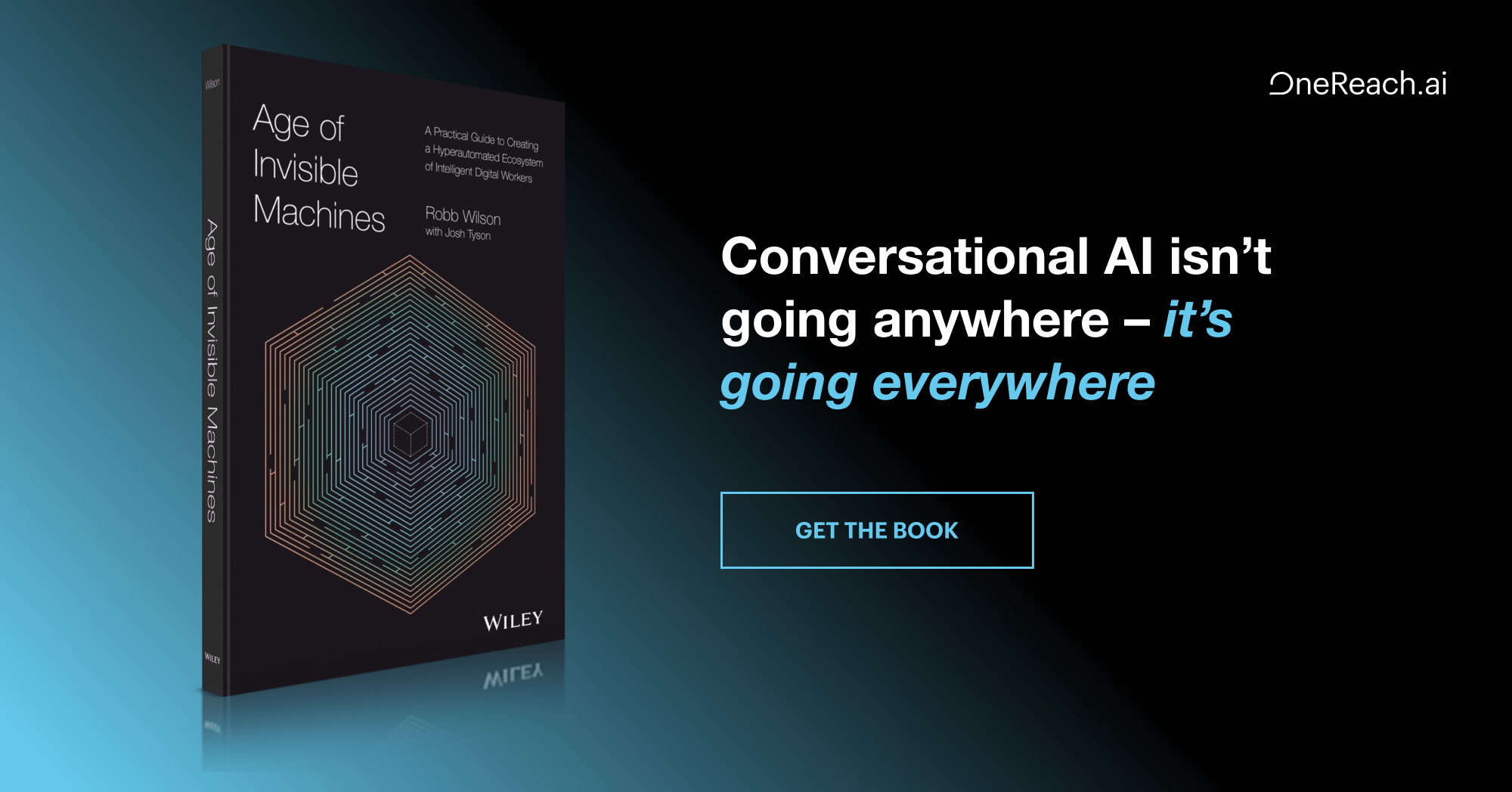Mobile applications are the new Shangra La for software development shops. This article in the Washington Post reports that more than 800 million iPhone applications have been downloaded and there are now more than 25,000 apps in the iTunes store. Clearly, there’s an enormous market for mobile applications. But, when it comes to choosing the best method for developing iPhone apps, it’s not always obvious which approach aligns with your business goals. This article outlines three different development methods for building mobile apps along with pros and cons to help you choose the development approach that’s right for your business.
Build In the Browser
The easiest option for creating an iPhone, Blackberry or Android application is to build it in the browser using Web development languages like HTML and JavaScript. There are some solid reasons to take this approach. For starters, if you’re a Web developer and are familiar with HTML and JavaScript, but not versed in the native iPhone app development language of Objective-C, you can build an iPhone application in the browser using the skills you already have. Second, browser-built apps are easier to build and distribute. They’re portable and accessible from multiple devices, which helps to spread the application’s popularity. Also on the upside, browser-built apps update instantly, generally load faster, are easier to read and update and offer more flexibility for future feature updates. Popular browser-built iPhone apps include Gmail and SlideShare.
The simplicity of browser-built iPhone apps attracts many developers, especially Web developers, but there are problems with this method. A major setback is that applications built this way can’t access native iPhone features like accelerometer, GPS, camera, contacts, etc. That’s a significant handicap when users are clamoring for applications that make the most of iPhone technology.
Create a Native App
Native applications built in Objective-C make full use of all the iPhone features: GPS, accelerometer, local storage, camera and more. This approach works especially well for robust applications, like 3D games. If your goal is to sell a complex, full-featured application, building a native application is your best bet.
So, why doesn’t every development shop build native iPhone apps? Because they’re built in Objective-C, an obscure programming language that can be difficult to learn. Not only are Objective-C developers hard to find, their skills don’t always transfer to other Web development projects. Finding and hiring a team of Objective-C developers is costly and not very practical, unless you plan to focus entirely on iPhone application development.
Take the Hybrid Approach
If you’re not ready to take the Objective-C plunge, there is a hybrid method that combines the browser-built approach with the benefits of native development. Hybrid development tools, like the open source PhoneGap framework, provide a set of tools and libraries that enable Web developers to build iPhone applications with HTML and JavaScript, but also provide access to native iPhone features. The obvious benefit here is that there’s no need to learn yet another programming language. Your JavaScript team can build these hybrid applications with ease.
Of course, every method has its drawbacks. In this case, achieving JavaScript performance can be a challenge. But, if your developers are already well-versed in JavaScript and HTML, a hybrid approach is the fastest, most effective way to add iPhone app development to your roster, especially if you’re building social networking applications, simple games and companion applications to websites. This avenue opens up options for cross platform development because iPhone applications built with PhoneGap also run on Blackberry and Android.
To find out more about using the hybrid approach with PhoneGap visit www.phonegap.com.




